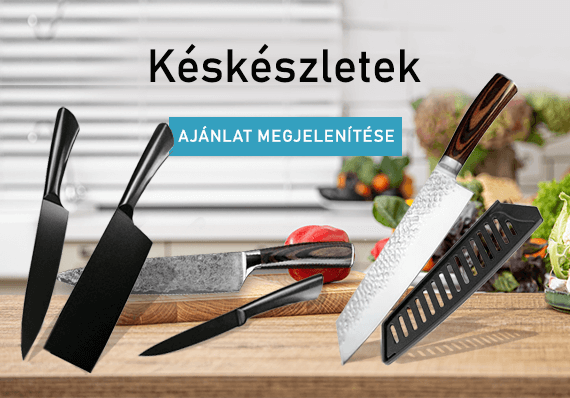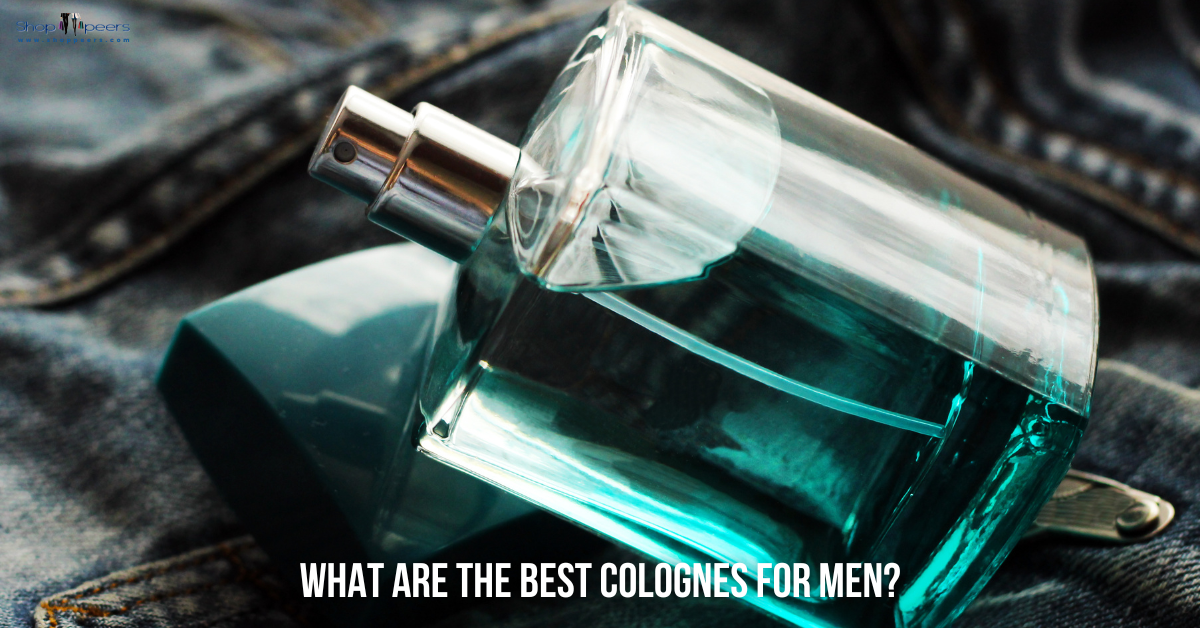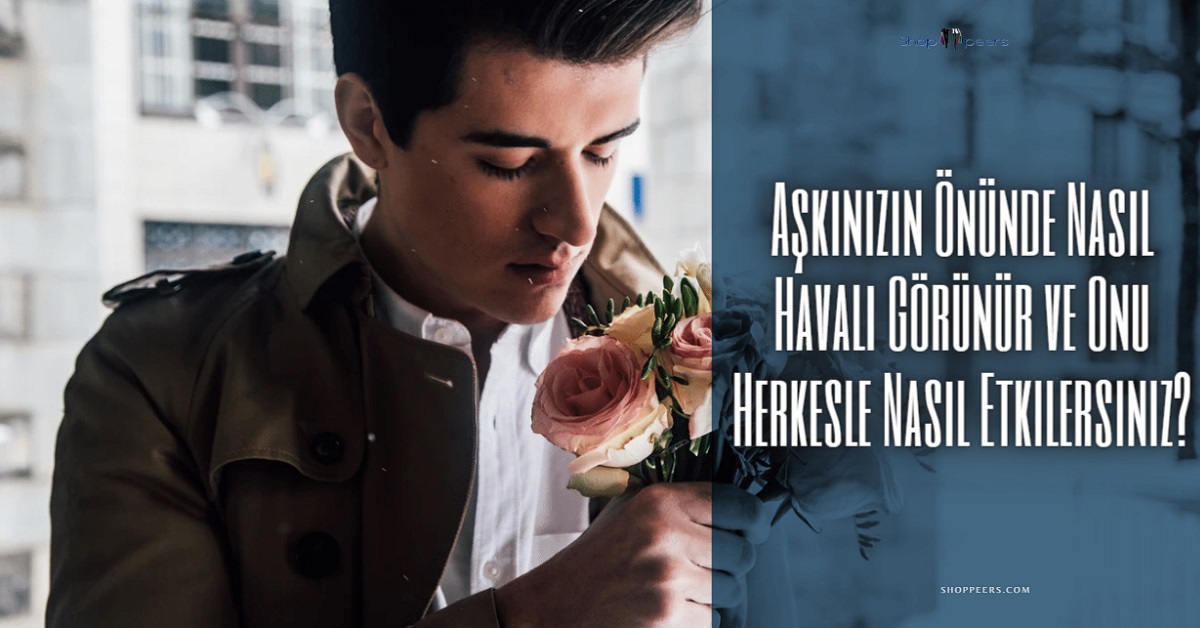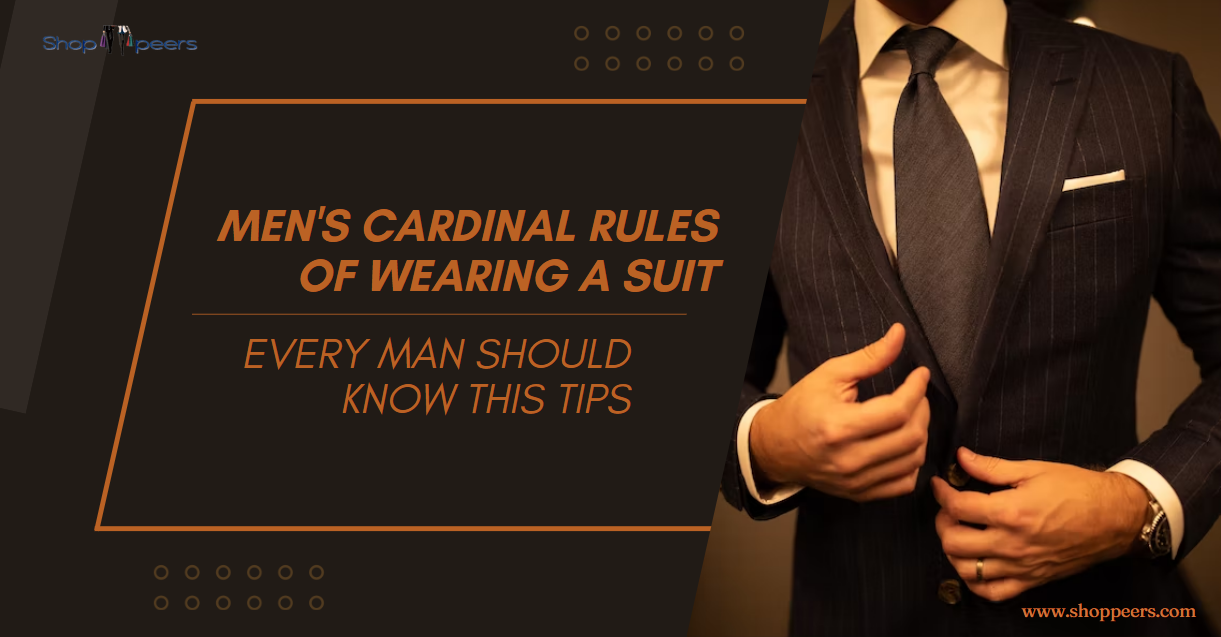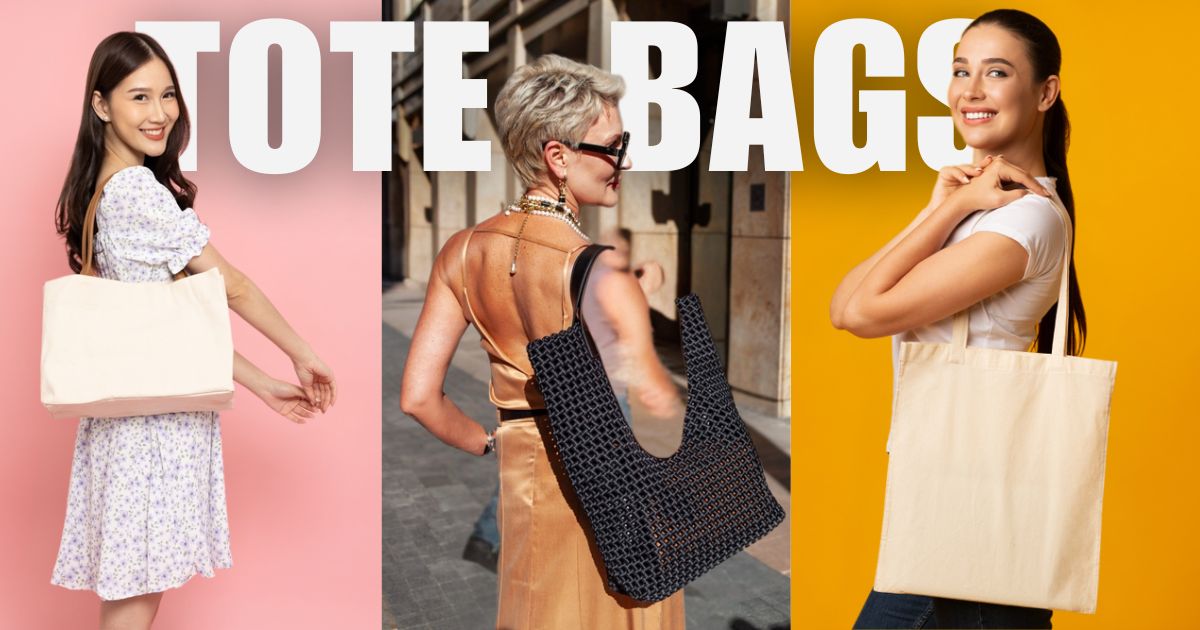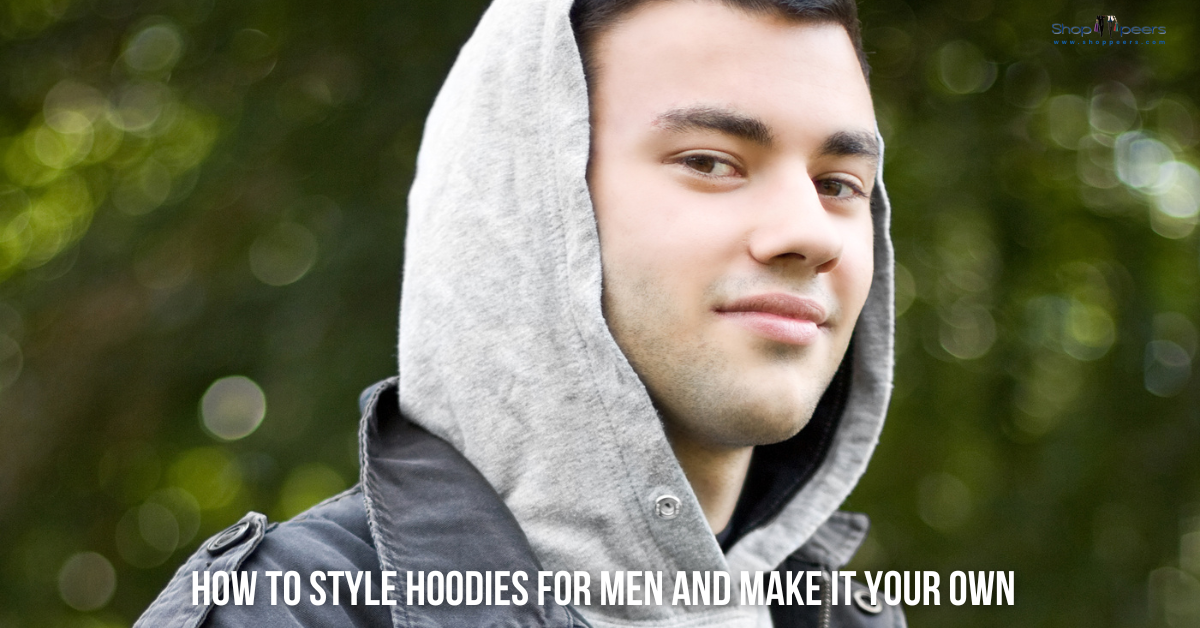We’ve all been there—standing in a store aisle, staring at an item we don’t need, yet feeling an inexplicable urge to buy it. Maybe it’s the shiny packaging, the persuasive marketing, or the thrill of acquiring something new. But deep down, we know that this purchase won’t truly enhance our lives. It’s just more stuff that we don’t need.
In this article, we’ll explore why over-shopping is a problem, how it affects us, and, most importantly, practical strategies to break free from this cycle. So grab a cup of coffee (or tea, if that’s your jam), and let’s dive into the cluttered abyss together.
Why Over-Shopping Is a Problem and the Solution to It
1. The Myth of Retail Therapy
We’ve all heard the term “retail therapy.” It suggests that shopping can alleviate stress and boost our mood. But here’s the truth: buying stuff we don’t need rarely provides lasting happiness. Sure, that new gadget or trendy outfit might give a momentary high, but it fades faster than yesterday’s Instagram story. Instead of true fulfillment, we’re left with clutter and guilt.
- However, the gratification derived from these purchases is short-lived and superficial. The rush of excitement upon acquiring a new possession quickly dissipates, leaving behind a hollow feeling of discontent. Studies have shown that the happiness derived from material goods is fleeting, with the initial euphoria diminishing rapidly over time.
- Furthermore, the pursuit of retail therapy often leads to the accumulation of unnecessary items, contributing to clutter and disorganization in our lives. What initially seemed like a source of joy transforms into a burden, as we grapple with the guilt of indulging in impulse buys.
- Rather than seeking solace in material possessions, true fulfillment stems from meaningful experiences, relationships, and personal growth. By redefining our notion of happiness and embracing minimalist principles, we can liberate ourselves from the cycle of overconsumption and cultivate a more fulfilling existence.
The detrimental effects of retail therapy and emphasizing the importance of seeking fulfillment beyond material possessions provides readers with a deeper understanding of the topic.
2. The Environmental Toll
Every unnecessary purchase has a hidden cost—the environment pays the price. From resource extraction to manufacturing to transportation, the production of goods contributes to pollution, deforestation, and climate change. By curbing our shopping habits, we become eco-warriors, fighting for a healthier planet.
- Resource extraction, such as mining for metals and drilling for oil, disrupts fragile ecosystems and depletes finite natural resources. This extraction process often leads to habitat destruction, biodiversity loss, and soil degradation, exacerbating environmental degradation.
- The manufacturing phase of goods is a major contributor to pollution, as industrial facilities release harmful emissions and pollutants into the air, water, and soil. Chemical pollutants, greenhouse gases, and toxic waste contaminate ecosystems, posing threats to human health and wildlife.
- Moreover, the transportation of goods across vast distances further compounds environmental challenges, as fossil fuel-powered vehicles emit greenhouse gases and contribute to climate change. Shipping, trucking, and air freight generate carbon emissions and other pollutants, contributing to global warming and air pollution.
- By curbing our shopping habits and adopting a more mindful approach to consumption, we can reduce our ecological footprint and mitigate the environmental toll of consumerism. Embracing practices such as minimalism, conscious purchasing, and sustainable living empowers individuals to become eco-warriors, advocating for a healthier planet and a more sustainable future for generations to come.
Expanding on the various stages of production and their environmental implications provides readers with a comprehensive understanding of the environmental toll of consumerism and underscores the importance of adopting sustainable consumption habits.
3. The Financial Drain
Our wallets groan under the weight of impulse buys. That cute knickknack? It adds up. Multiply it by countless similar purchases, and suddenly, we’re drowning in debt. Imagine redirecting those funds toward experiences that truly matter—travel, education, or supporting a cause. Now that’s money well spent!
- The allure of consumer culture encourages us to equate material possessions with happiness and success, fueling a cycle of endless consumption. We fall prey to the illusion that acquiring more stuff will bring us fulfillment, only to find ourselves drowning in clutter and debt.
- By redirecting our spending towards experiences that enrich our lives and align with our values, we can break free from the cycle of overconsumption and regain control of our finances. Whether it’s investing in travel, furthering our education, or supporting causes we believe in, allocating our resources towards meaningful pursuits yields far greater returns than fleeting material possessions.
- Moreover, adopting a minimalist mindset allows us to prioritize quality over quantity and cultivate a sense of contentment with what we already have. Rather than constantly chasing after the latest trends and accumulating possessions for the sake of appearances, we learn to appreciate the value of simplicity and mindful spending.
- Ultimately, by reassessing our priorities and redefining our relationship with money, we can liberate ourselves from the financial burden of unnecessary shopping and pave the way towards a more fulfilling and financially secure future.
The detrimental effects of impulse buying and highlighting the benefits of redirecting spending towards meaningful experiences provide readers with a deeper insight into the financial implications of overconsumption and motivate them to adopt more mindful spending habits.
Practical Strategies to Break Free
1. The Pause Button Technique
Before clicking “Add to Cart” or reaching for your wallet, hit the pause button. Ask yourself: “Do I really need this?” Give it a day or two. Chances are, the urge will fade, and you’ll thank yourself for not adding to the clutter.
- The essence of the Pause Button Technique lies in introducing a deliberate delay between the impulse to buy and the actual purchase. By taking a step back and asking ourselves, “Do I really need this?”, we create space for rational reflection and introspection.
- Research suggests that introducing a time delay between desire and action can significantly reduce impulsive behavior. Giving ourselves a day or two to mull over a potential purchase allows the initial excitement to subside, enabling us to make more considered choices.
- Additionally, the Pause Button Technique empowers us to differentiate between genuine needs and fleeting wants. Often, the urge to buy is driven by momentary desires or external influences rather than genuine necessity. By interrogating our motives and examining the true value of the item in question, we can avoid succumbing to impulse buys and cluttering our lives with unnecessary possessions.
- By embracing the Pause Button Technique as a habitual practice, we cultivate mindfulness in our consumption habits and reclaim agency over our spending decisions. Rather than acting on impulse, we make deliberate choices that align with our values and priorities, ultimately leading to a more intentional and fulfilling lifestyle.
The benefits and underlying principles of the Pause Button Technique provide readers with actionable strategies for curbing impulsive buying behavior and fostering more mindful consumption habits.
2. The 30-Day Rule
For non-essential items, impose a 30-day waiting period. Write down what you want, date it, and revisit the list after a month. You’ll be surprised how many items lose their allure. Plus, you’ll save money and declutter your mental space.
- To implement the 30-Day Rule, begin by creating a wishlist of desired items. Whenever the impulse to buy strikes, write down the item along with the date. This simple act of recording serves as a tangible reminder of your intention to delay gratification.
- Over the course of the next 30 days, resist the temptation to make the purchase immediately. Instead, revisit your wishlist periodically, observing how your desires evolve over time. You’ll likely find that many items lose their allure or no longer hold the same appeal after the initial excitement fades.
- The 30-Day Rule serves multiple purposes beyond simply delaying purchases. It allows you to evaluate the true value and necessity of each item, separating wants from needs. By exercising patience and restraint, you develop greater discernment in your spending habits and avoid accumulating unnecessary clutter.
- Moreover, adhering to the 30-Day Rule not only saves money but also declutters your mental space. Freed from the constant barrage of impulse buys and fleeting desires, you experience greater clarity and peace of mind, enabling you to focus on what truly matters in life.
- By embracing the 30-Day Rule as a guiding principle in your consumption habits, you cultivate a more intentional and mindful approach to shopping. Rather than succumbing to momentary impulses, you make decisions that align with your values and long-term goals, ultimately leading to a more fulfilling and purposeful existence.
The process of the 30-Day Rule provides practical guidance for implementing this strategy in their own lives and reaping its rewards in terms of financial savings and mental decluttering.
3. The One-In, One-Out Rule
Every time you bring something new home, donate or discard an equivalent item. It’s like a wardrobe swap—only keep what genuinely sparks joy. Your closet (and the planet) will thank you.
- This rule mimics a wardrobe swap, ensuring that the influx of new possessions is balanced by the removal of existing ones. By adhering to this guideline, you prevent the accumulation of unnecessary clutter and cultivate a more streamlined living space.
- Implementing the One-In, One-Out Rule encourages mindful decision-making when acquiring new possessions. Before making a purchase, you’re prompted to consider whether the item truly adds value to your life and warrants displacing an existing possession. This deliberate approach fosters greater appreciation for the things you own and discourages impulse buying.
- Furthermore, the One-In, One-Out Rule promotes sustainability by extending the lifespan of products and reducing waste. Rather than succumbing to the temptation of constantly acquiring new items, you prioritize the longevity and utility of your possessions, minimizing your environmental footprint in the process.
- Embracing this rule not only benefits your living space but also contributes to your overall well-being. A clutter-free environment promotes a sense of calm and order, reducing stress and anxiety. By surrounding yourself only with items that genuinely spark joy, you create a space that reflects your values and enhances your quality of life.
- As you embrace the One-In, One-Out Rule, you’ll not only declutter your home but also cultivate a more mindful and intentional approach to consumption. Each new addition becomes a conscious choice, reinforcing the importance of quality over quantity and sustainability over excess.
The principles of the One-In, One-Out Rule provide a deeper understanding of its significance in promoting mindful consumption and maintaining a clutter-free lifestyle.
A Lighter Load, A Fuller Life
Breaking free from the shackles of over-shopping isn’t easy, but it’s liberating. Embrace minimalism, cherish experiences over possessions, and remember: stuff that we don’t need weighs us down. Let’s declutter our lives, one intentional choice at a time.
By embracing minimalism, we free ourselves from the burden of excess and discover the joy of simplicity. Instead of chasing after possessions, we cherish experiences that enrich our lives and deepen our connections with others. Whether it’s a memorable trip, a heartfelt conversation, or a moment of quiet reflection, these are the moments that truly nourish our souls and leave lasting imprints on our hearts.
Remember, you’re not alone in this journey. Share your progress with friends, and let’s create a world where mindful consumption reigns. For more insights, check out this article from The New York Times.
Now, go forth and declutter, my fellow conscious consumer. Your journey towards intentional living begins today.


